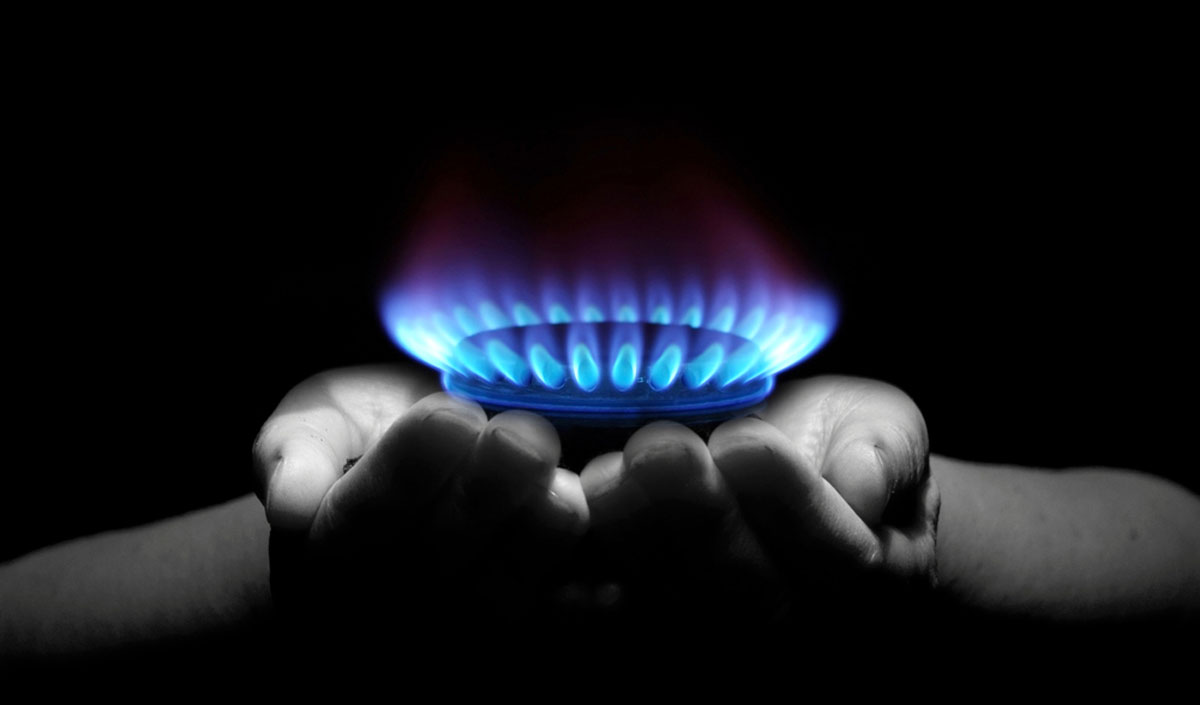Because the fire in gas prices is born in the Netherlands

Winter is still far away but in Europe gas prices are already very high and are putting the recovery from the crisis at risk. The imminent closure of the Groningen field in the Netherlands also has something to do with it. All the details
Summer is not over yet, a time of year when demand is generally low, but natural gas prices in Europe are still very high. And they could grow even more during the autumn and winter, given the increased demand for energy for heating in these seasons. The increases in gas prices are already having repercussions on electricity prices and therefore on the cost of bills for companies and domestic users ( also in Italy ), threatening both the economic recovery from the pandemic and household savings.
INFLATION
Higher energy costs, then, risk driving up inflation, also considering the increase in transport and raw materials. For example, in Germany – Bloomberg writes – inflation rose by 3.4 per cent in August, much more than the 2 per cent rate set by the European Central Bank for the euro zone.
WINTER IS COMING
If the next winter turns out to be as cold as 2018 – the year of the frost wave nicknamed "Burian" or "Beast of the East" -, the demand for gas for heating would grow a lot, and along with it prices. It is also possible that, if the demand does not match a sufficient supply, some industrial plants will have to stop operations: the New York Times writes, which interviewed Snam's CEO, Marco Alverà.
THE CAUSES
The causes of the current situation of soaring gas prices are many. For example, the recovery in gas demand – higher than expected – has to do with the end of the lockdowns, especially in China, and the cold spell in the last part of the winter that brought down stock levels. Now, high prices are discouraging producers to buy gas for storage.
THE COMPARISON WITH THE UNITED STATES
To make a comparison, the situation in the United States is not as serious: the cost of gas has increased but remains much lower than in Europe, because the country can count on domestic – and rather cheap – production of shale gas.
WHAT HAPPENS IN THE NETHERLANDS
Europe, on the other hand, is particularly exposed to this price crisis because it imports the majority (60 per cent) of the gas it consumes from abroad: above all from Russia, then from Algeria and Libya.
But the continent cannot count on domestic production either. The large Groningen gas field in the Netherlands is closing quickly by the government due to seismic risks associated with drilling. Over a thousand tremors have occurred in the area since the mid-1980s.
Discovered in 1959 and operated by Royal Dutch Shell and ExxonMobil, in 1976 Groningen reached its peak of production: 88 billion cubic meters of gas. It has been a major source of gas for decades for the Netherlands (where the TTF gas trading point is located) and for northeastern Europe, Reuters explains.
WHAT WILL BECOME OF THE GRONINGEN FIELD
Production levels in the period October 2020-October 2021 are expected to reach 8.1 billion cubic meters. In 2019, the Dutch government announced that activities in Groningen will almost completely cease by mid-2022; a final decision on the output for 2021-2022 will be made by September.
This is a machine translation from Italian language of a post published on Start Magazine at the URL https://www.startmag.it/energia/prezzi-gas-naturale-paesi-bassi-groningen/ on Thu, 09 Sep 2021 07:47:42 +0000.
